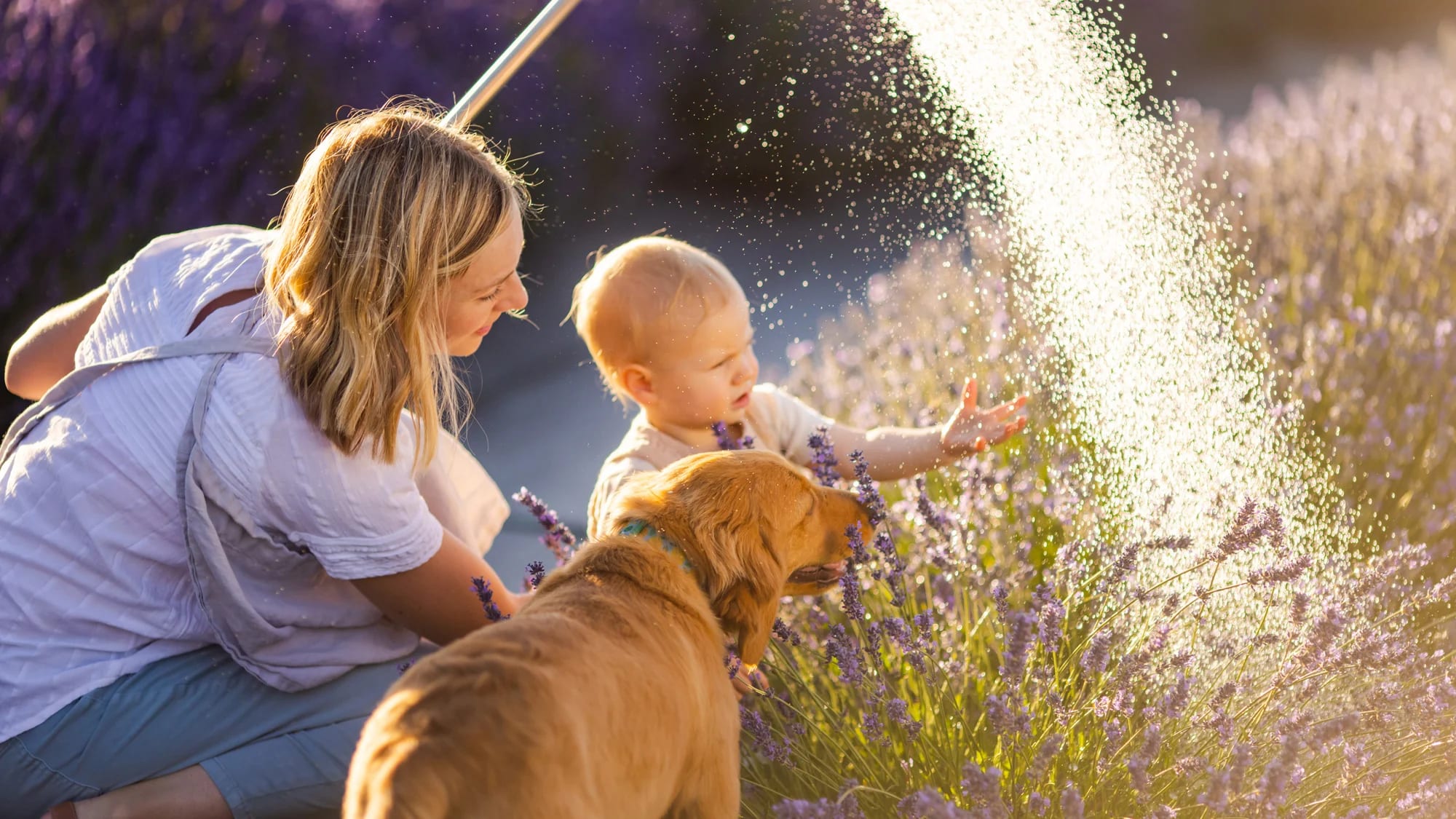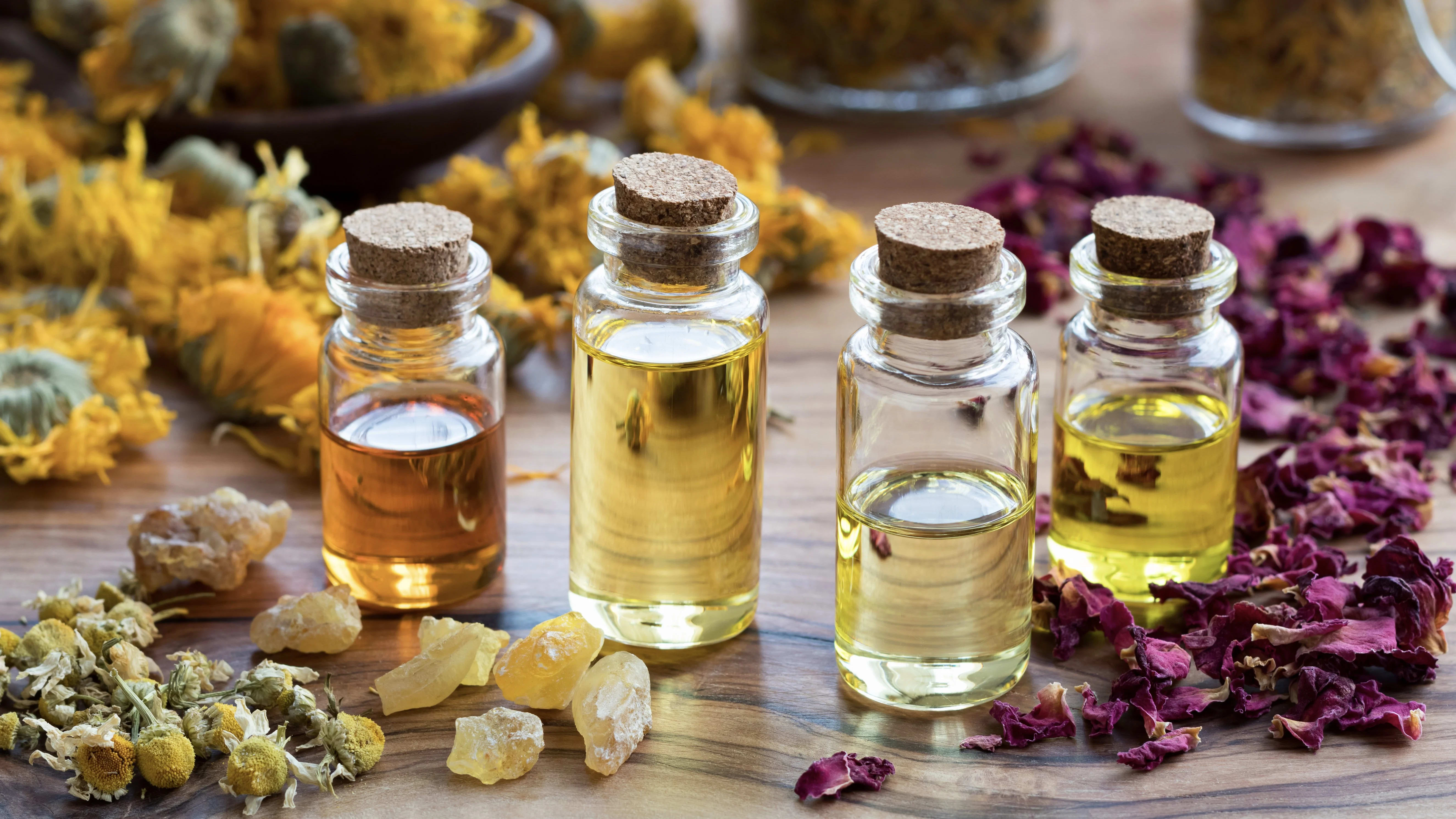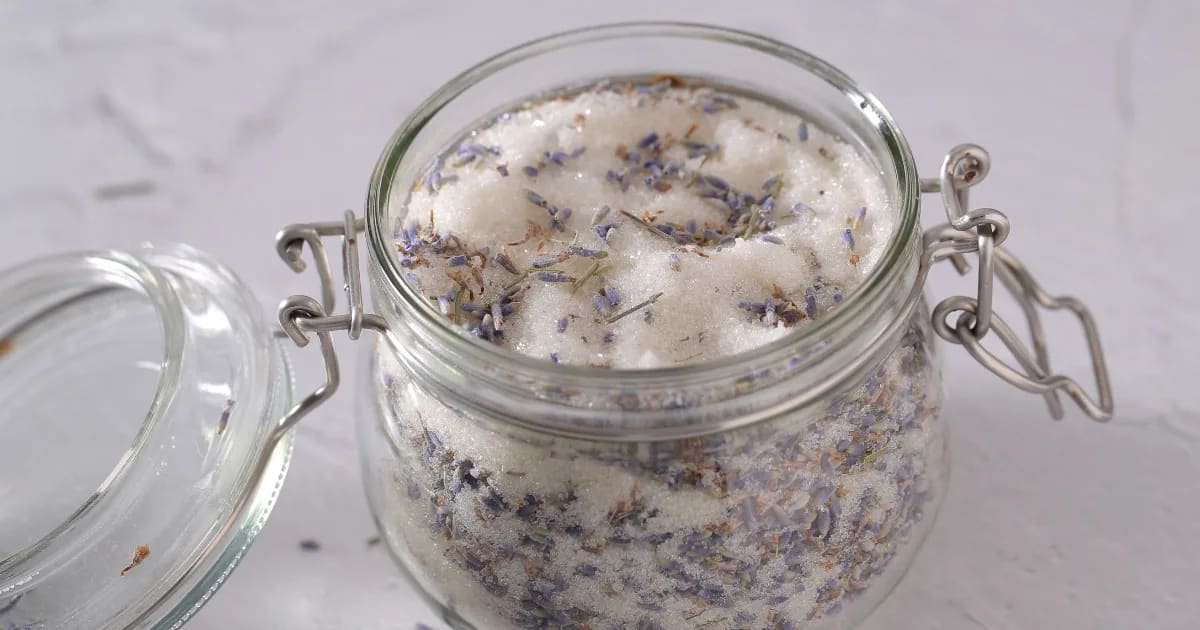Bee Balm Oil: A First-Aid Essential for Wound Protection

My Essential Hiking Buddies
Living in the heart of a Montana forest, I cherish the hiking adventures with my dog, Sage. While it's not everyday I get scrapes, they do happen on my explorations. In these instances, Bee Balm oil has become my trusted aid, effectively preventing infections and ensuring our adventures can continue safely.
In this post, we’ll explore why Bee Balm oil is a premier natural option for preventing infection in small wounds—like cuts, scratches, and scrapes. I’ll explain how the oil’s natural components fight bacteria, viruses, and fungi, offering you a clear insight into its antiseptic actions and how you can use it with confidence.
Bee Balm really is a warrior in the world of natural remedies, known for its remarkable power to fight infections. But, it's strong, so sometimes it can irritate the skin. In this post, I'm going to show you how to harness Bee Balm's strengths safely, so you can enjoy its benefits without any worry about skin issues.
Using Bee Balm feels like connecting with a long-standing tradition. The Native Blackfoot tribes have historically used this plant in their medicinal practices, particularly in the form of herbal compresses and poultices, to combat infections.
The essential oil gives us access to a concentrated “dose” of Bee Balm’s benefits. Just a few drops is all it takes to protect against microbes!
How Bee Balm Fights Microbes
Bee Balm’s primary chemical components are carvacrol and thymol. These components are phenols, and research has repeatedly demonstrated how effective phenols are at fighting germs. (Our focus here is on Bee Balm’s ability to combat infection, but the oil and its main components do have a variety of other actions. See a profile of the oil’s uses & benefits here!)
Carvacrol and thymol can destroy microbes in multiple ways, but most of the time they work by disrupting membranes on bacteria, virus, and fungal cells. This means that they are able to break the walls of these cells and render them harmless.
Carvacrol is even able to neutralize tough bacteria like Staphylococcus. It’s also been shown to stop flagella from forming on E. coli. Bacteria use flagella to move around—they are like little oars on a boat. If the bacteria can’t grow flagella, they’re basically “dead in the water.”
What does that mean for us? It means that essential oils that are rich in molecules like carvacrol and thymol, as Bee Balm is, can slow or stop the spread of germs in a wound. You can use it right away after an injury occurs to help protect a wound from infection.
Blending with Bee Balm for Wounds
As an RN, I want to share a quick tip: for minor, shallow wounds that affect only the top layer of skin, essential oils can be a useful option. But remember, deeper wounds naturally call for professional medical care. Just so you know, when it comes to my dog Sage, I follow a different approach for her care if she gets hurt. If interested, here’s a blog for pets: https://www.aromahead.com/blog/using-aromatherapy-safely-with-pets-acp
Phenols like carvacrol and thymol have to be potent if they’re going to destroy microbes. This is excellent for preventing infection, but that potency means they can irritate sensitive skin—and the skin around a wound may be very sensitive.
That’s why I blend Bee Balm with gentle, skin-nourishing carriers and essential oils that will support the skin’s healing process. A few of my favorite skin-nourishing essential oils are Lavender (Lavandula angustifolia), German Chamomile (Matricaria recutita), and Helichrysum (Helichrysum italicum). These oils support granulation tissue (new tissue that forms to fill in a wound) and calm inflammation.
When we pair Bee Balm with oils like these, the Bee Balm works to clear the area of microbes, while the gentle oils are soothing and repairing to the skin.
Bee Balm Safety Guidelines
Oils rich in phenols, including Bee Balm, come with certain safety considerations and should be used with great respect.
Carvacrol and thymol can irritate skin and mucous membranes. For safe usage, dilute Bee Balm essential oil to a 1% concentration in your blends. This means using about 5 or 6 drops in 1 oz (30 ml) of a carrier oil.
And this is precisely why blending Bee Balm with skin-nourishing ingredients is essential to counteract the robust nature of its phenols. Using rich carriers like shea butter and jojoba oil can safeguard your skin, while incorporating skin-friendly essential oils, such as Lavender (Lavandula angustifolia), helps to soothe irritation and promotes skin healing.
A Recipe: Be Better Bee Balm Spray

Be Better Bee Balm Spray
This recipe contains skin-soothing Lavender oil and germ-fighting Bee Balm. I’m blending them into a nourishing base of calendula hydrosol and aloe vera gel—both of which help the skin heal.
Solubol is important in this recipe. Essential oils don’t dissolve in water-based ingredients (like hydrosol and aloe vera gel), so Solubol helps to safely disperse them through your blend.
½ fl oz (15 ml) Calendula hydrosol (Calendula officinalis)
½ fl oz (15 ml) Aloe vera gel (Aloe barbadensis)
2 ml (about 50 drops) Solubol dispersant
7 drops Lavender oil (Lavandula angustifolia)
5 drops Bee Balm oil (Monarda fistulosa)
Directions
Make this recipe in a 1 oz (30 ml) glass spray bottle. Simply combine all of your ingredients in the bottle and shake gently. That’s all there is to it!
Take your Be Better Bee Balm Spray along on your outdoor adventures. If you happen to get a shallow wound or scrape, go ahead and spray it right away. Then, when you're back home, give the area a good wash with soap and water and spritz it again with the spray for thorough care.
Since this water-based blend doesn't contain a preservative, I keep it in the refrigerator between hikes and make a new batch every few weeks to maintain its freshness.
Clarification for Usage With Children: For children under the age of 5, prepare the spray using only calendula hydrosol and aloe vera gel, and do not add any essential oils or Solubol. For children aged 5-10, use the blend with lavender essential oil only and 1 ml (approximately 25 drops) of Solubol dispersant.
My Takeaway
From my experiences on the trails, I've learned that Bee Balm is an excellent natural choice for treating wounds and skin scrapes encountered during hikes. Its ability to combat harmful microbes, combined with its compatibility with other skin-calming oils, makes it an essential item in my natural first aid kit. With careful use, Bee Balm proves to be a reliable protector against infections in the great outdoors.
Next week, we’ll explore Bee Balm’s uses for natural cleaning.
References
Altaei, D.T. (2012) Topical lavender oil for the treatment of recurrent apthous ulceration. American Journal of Dentistry 25, 1, 39-43.
Burt, S. A., van der Zee, R., Koets, A. P., de Graaff, A. M., van Knapen, F., Gaastra, W., Haagsman, H.P., & Veldhuizen, E. J. (2007). Carvacrol induces heat shock protein 60 and inhibits synthesis of flagellin in Escherichia coli O157: H7. Applied and environmental microbiology, 73(14), 4484-4490.
Charousaei, F., Dabirian, A., & Mojab, F. (2011). Using chamomile solution or a 1% topical hydrocortisone ointment in the management of peristomal skin lesions in colostomy patients: results of a controlled clinical study. Ostomy-Wound Management, 57(5), 28.
Grčić, N., Esch, S., Hensel, A., & Dias, A. C. P. (2017). Assessment of Helichrysum sp. extracts on in vitro keratinocyte proliferation and differentiation: potential use of plants for improved wound healing. Zeitschrift für Phytotherapie, 38(S 01), P07.
Khan I, Bahuguna A, Kumar P, Bajpai VK, Kang SC. Antimicrobial Potential of Carvacrol against Uropathogenic Escherichia coli via Membrane Disruption, Depolarization, and Reactive Oxygen Species Generation. Front Microbiol. 2017;8:2421. Published 2017 Dec 6. doi:10.3389/fmicb.2017.02421
Shivananda Nayak, B., Sivachandra Raju, S., & Chalapathi Rao, A. V. (2007). Wound healing activity of Matricaria recutita L. extract. Journal of wound care, 16(7), 298-302.





